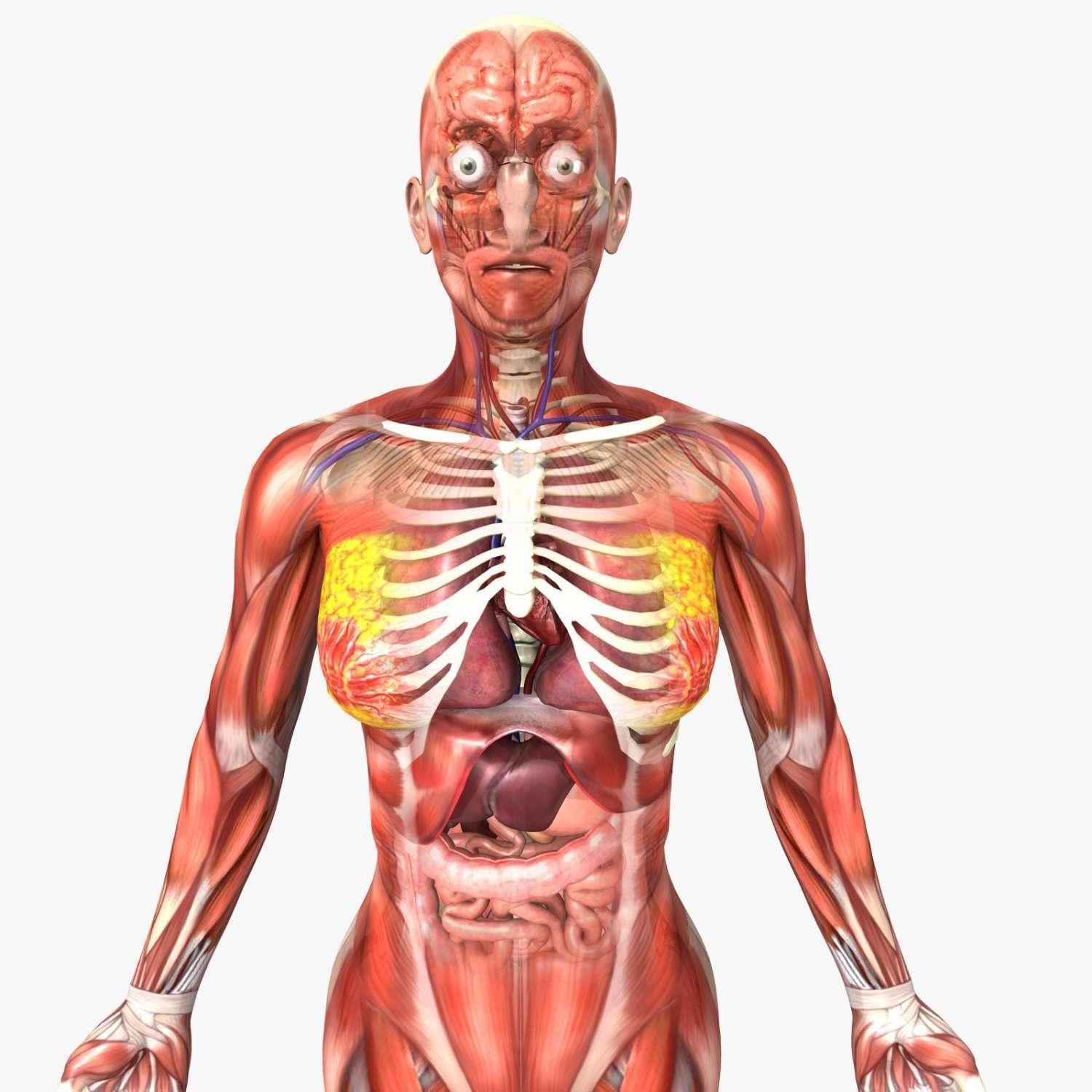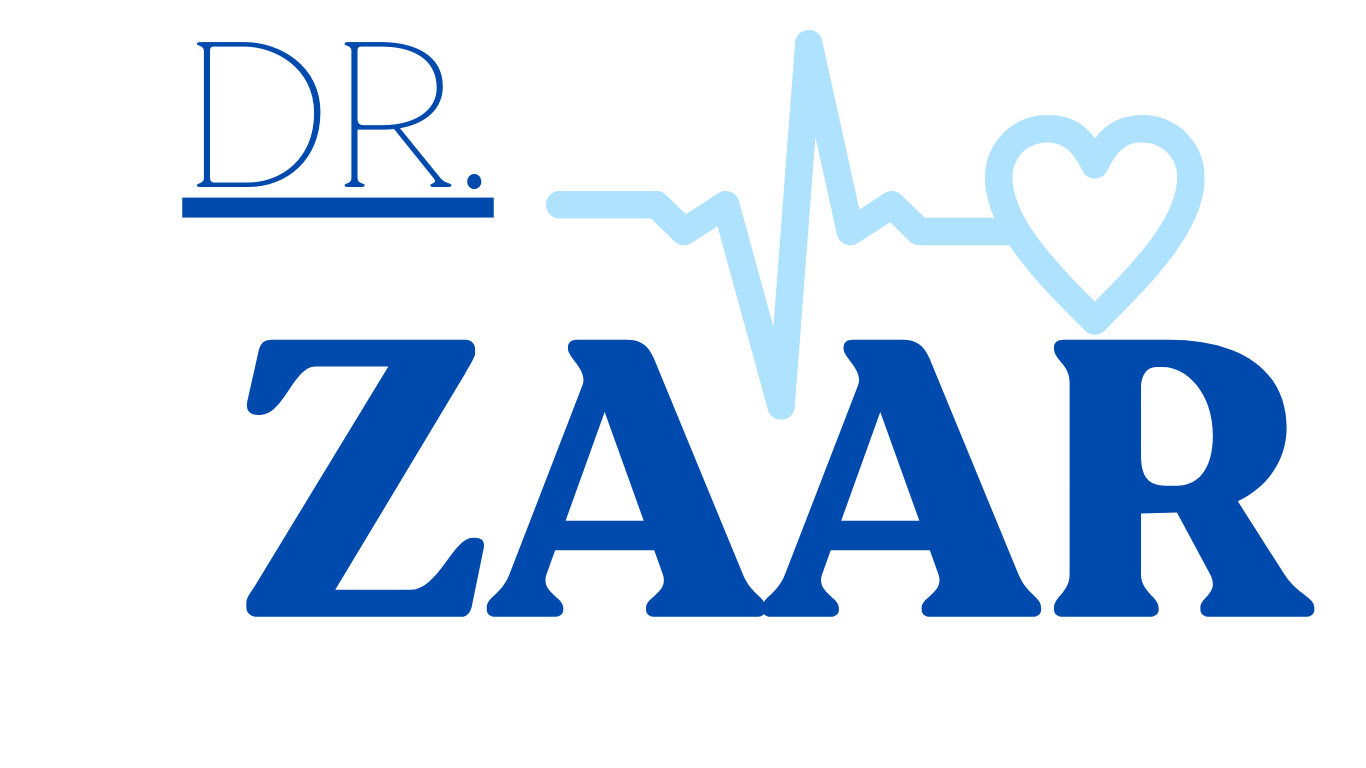Prostaglandins
The Hormones That Influence Inflammation, Pain, and Blood Flow
Understanding Prostaglandins and Their Functions
Prostaglandins are a group of lipid compounds derived from fatty acids, specifically arachidonic acid, and are produced in almost every tissue in the body. They play a vital role in a wide range of physiological processes, including inflammation, pain sensation, blood flow regulation, and the contraction and relaxation of smooth muscles. Prostaglandins are synthesized and released by cells in response to injury, infection, or other stimuli, acting locally to regulate processes such as immune response, fever, and the repair of damaged tissue.
The primary function of prostaglandins is to act as signaling molecules, transmitting messages between cells to help coordinate responses to stimuli like inflammation or injury. Depending on the type of prostaglandin and the receptor it binds to, prostaglandins can either promote or inhibit various bodily functions, such as blood clotting, immune response, and tissue repair. They are also involved in processes like the induction of labor and regulation of blood pressure.
Key Functions of Prostaglandins
- Inflammation and Pain: Prostaglandins are involved in promoting inflammation and pain at sites of injury or infection by increasing blood flow and sensitizing nerve endings.
- Regulation of Blood Flow: Prostaglandins help regulate blood vessel dilation and constriction, influencing blood pressure and the flow of blood to various tissues.
- Smooth Muscle Contraction: They are responsible for regulating smooth muscle contractions, including in the uterus during labor and the gastrointestinal tract.
- Fever and Immune Response: Prostaglandins contribute to the body’s immune response and the development of fever during infections or inflammation.
The Role of Prostaglandins in Health and Disease
Prostaglandins are essential for maintaining proper tissue function, immune response, and inflammatory processes. While they are important for protecting the body against injury and infection, imbalances in prostaglandin production can lead to various health problems. Inflammation is one of the most well-known effects of prostaglandins, and excessive prostaglandin production is linked to chronic inflammatory conditions such as arthritis, asthma, and inflammatory bowel disease (IBD). Prostaglandins also play a role in pain perception, which is why drugs like nonsteroidal anti-inflammatory drugs (NSAIDs), such as ibuprofen, work by inhibiting the enzymes responsible for prostaglandin production (COX-1 and COX-2). By reducing prostaglandin levels, NSAIDs can reduce pain, swelling, and fever associated with inflammation. Excessive prostaglandin production can also contribute to other health issues, including menstrual pain (dysmenorrhea), migraines, and cardiovascular disease, where prostaglandins influence blood pressure and platelet aggregation. Disorders Linked to Prostaglandin Imbalance Excessive prostaglandin production is associated with several inflammatory and pain-related conditions, including arthritis, asthma, and IBD, where the immune system becomes overactive, leading to chronic inflammation. Elevated prostaglandin levels are also implicated in conditions such as dysmenorrhea (painful menstruation), migraines, and even some cardiovascular disorders, where blood clotting and blood vessel constriction may occur. On the other hand, insufficient prostaglandin production can lead to delayed healing, poor immune responses, and failure to resolve inflammation.
Contact Us
+92-321-9700-700
FAQs About Prostaglandins
1. What are prostaglandins?
Prostaglandins are lipid compounds produced by nearly every cell in the body. They play a role in inflammation, pain sensation, blood flow regulation, and the contraction of smooth muscles.
2. How do prostaglandins affect inflammation and pain?
Prostaglandins promote inflammation by increasing blood flow to injured areas and sensitizing nerve endings, contributing to the pain and swelling associated with injury or infection.
3. What is the role of prostaglandins in the menstrual cycle?
Prostaglandins are involved in the contraction of the uterus during menstruation. High levels of prostaglandins can cause painful menstrual cramps (dysmenorrhea) by inducing strong uterine contractions.
4. How do prostaglandins influence blood pressure?
Prostaglandins regulate blood vessel dilation and constriction, which can influence blood pressure. Some prostaglandins promote vasodilation, lowering blood pressure, while others can constrict blood vessels and increase blood pressure.
5. What diseases are caused by excessive prostaglandin production?
Excessive prostaglandin production is associated with chronic inflammatory diseases like arthritis, asthma, and inflammatory bowel disease (IBD). It can also contribute to conditions such as dysmenorrhea, migraines, and cardiovascular diseases.
6. How are prostaglandins involved in the healing process?
Prostaglandins play a role in tissue repair by promoting blood flow and regulating immune cell activity at the site of injury. They are essential for initiating the body’s healing response.
7. What drugs are used to block prostaglandin production?
Nonsteroidal anti-inflammatory drugs (NSAIDs), such as ibuprofen and aspirin, block the enzymes (COX-1 and COX-2) responsible for prostaglandin production, reducing inflammation, pain, and fever.
8. Can prostaglandins be used for therapeutic purposes?
Yes, prostaglandin analogs are sometimes used in medicine to treat conditions such as glaucoma (to reduce intraocular pressure) and to induce labor in pregnant women. They can also be used to promote healing in certain types of ulcers.
9. How do prostaglandins impact labor?
Prostaglandins help initiate labor by stimulating uterine contractions. They also help soften and dilate the cervix, preparing the body for childbirth.
10. What happens when prostaglandin levels are too low?
Low levels of prostaglandins can impair the body’s ability to resolve inflammation and may result in delayed tissue healing or poor immune responses. In some cases, it may also affect the effectiveness of labor contractions during childbirth.
